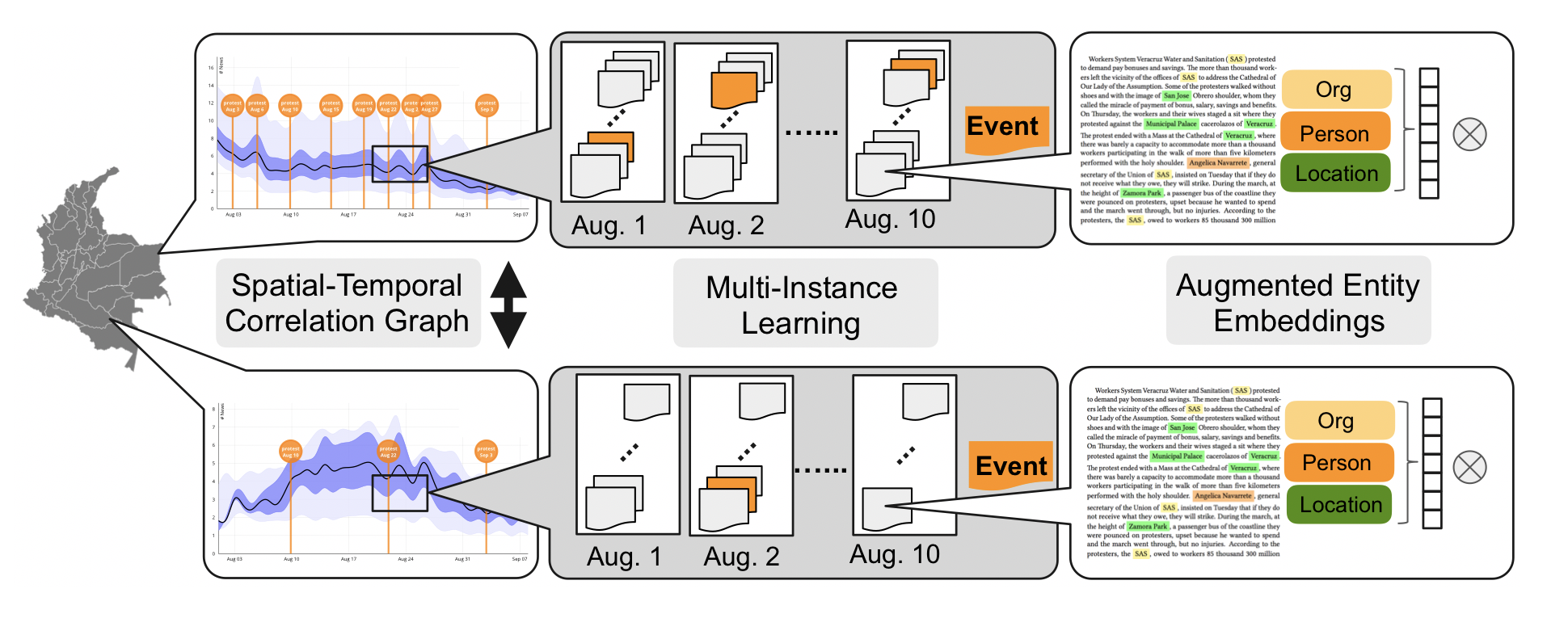
The present state of transnational crime is destabilizing many regions of the world and is particularly problematic as there is an increasing intersection of crime and trafficking, drug abuse and migration. Cross-border crime has contributed to an increase of corruption, especially on the US-Mexican border, and transnational crime has facilitated the growth of corruption globally. The United States continues to prioritize drug trade among its concerns, but increasingly criminals are diversifying their activity into other forms of transnational crime where there is less chance of detection and confiscation of assets). With regards to gangs, there is migration (usually illegal) of members into several cities in the United States, engaged in the drug and weapons trade, human trafficking and smuggling, as well as extortion and other crimes.
On the criminal justice side, this project provides an innovative basis for developing new strategies to control homicidal violence and organized crime. State of the art anti-crime policy, pioneered in the United States in the 1990s, builds on finely grained geo-referenced crime maps that enable criminal justice professionals and policymakers to efficiently allocate resources to spaces suffering from high crime rates. These strategies build on detailed retrospective knowledge of crime events. This project, by building a stronger analytical basis for forecasting crimes, can provide the basis for a new generation of crime control strategies by using publically available journalism and social media to provide an additional layer of direction to police to respond to crimes that might be difficult to project on the basis of retrospective crime data. This is particularly the case with organized crime and gang activities as well as organized crime connected murders that, by their nature, are well planned and difficult to ascertain via crime data due to the underlying planning involved in these efforts. Media and, in particular, social media reports, however can provide a basis for projecting when and where these events may happen. In particular organized crime groups and gangs often engage in semi-public statements that appear in the media in efforts to intimidate opponents in the underworld. Alternatively, shifts in criminal justice policy to suppress crime in one space that are reported in the media, may be able to predict shifts in criminal activities to other areas. Finally, there could be surrogates of criminal activity in non-traditional sources of data. By harnessing all the above types of considerations, we aim to provide policymakers information to make more rigorously predictive allocations of resources to control organized crime and violence.
